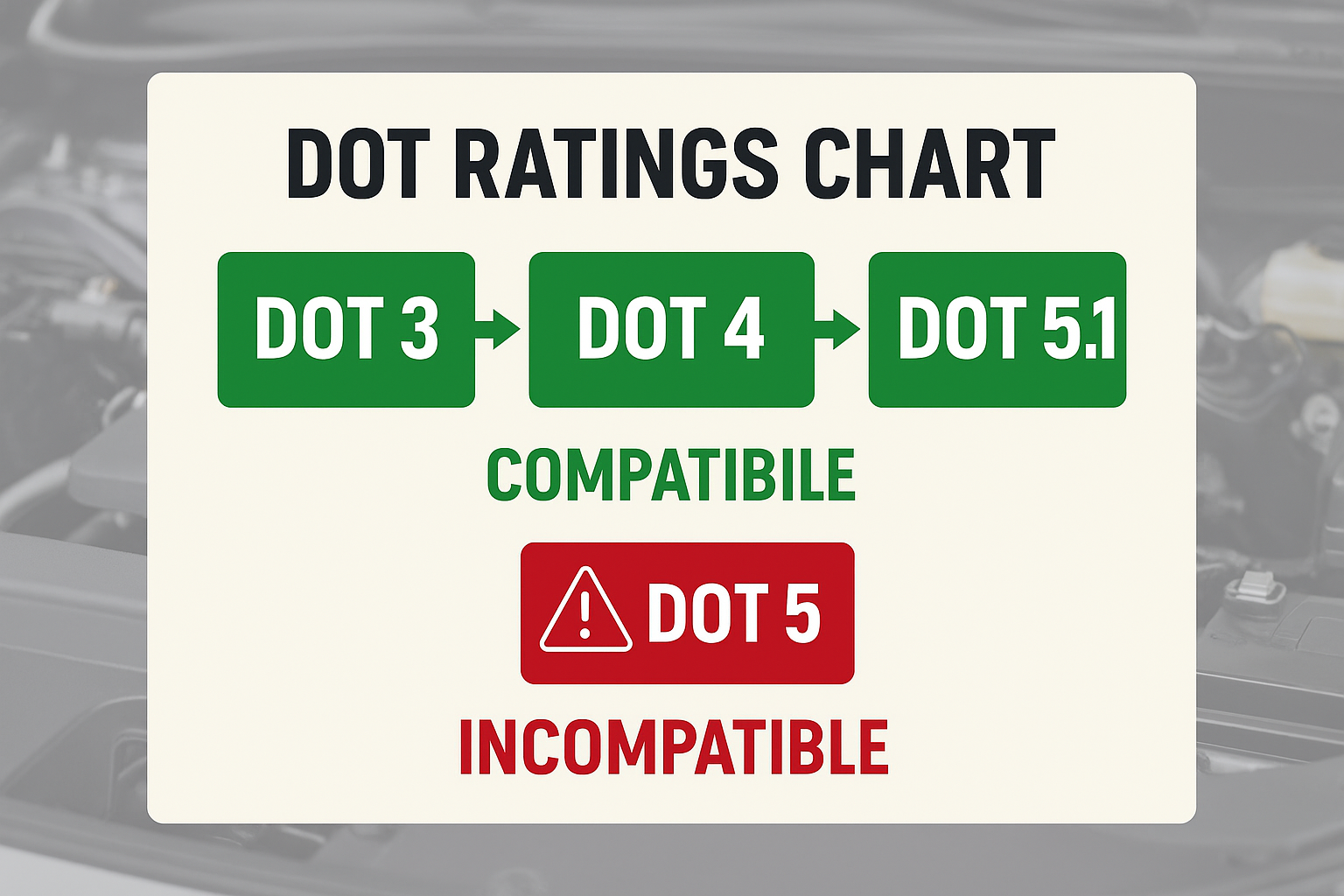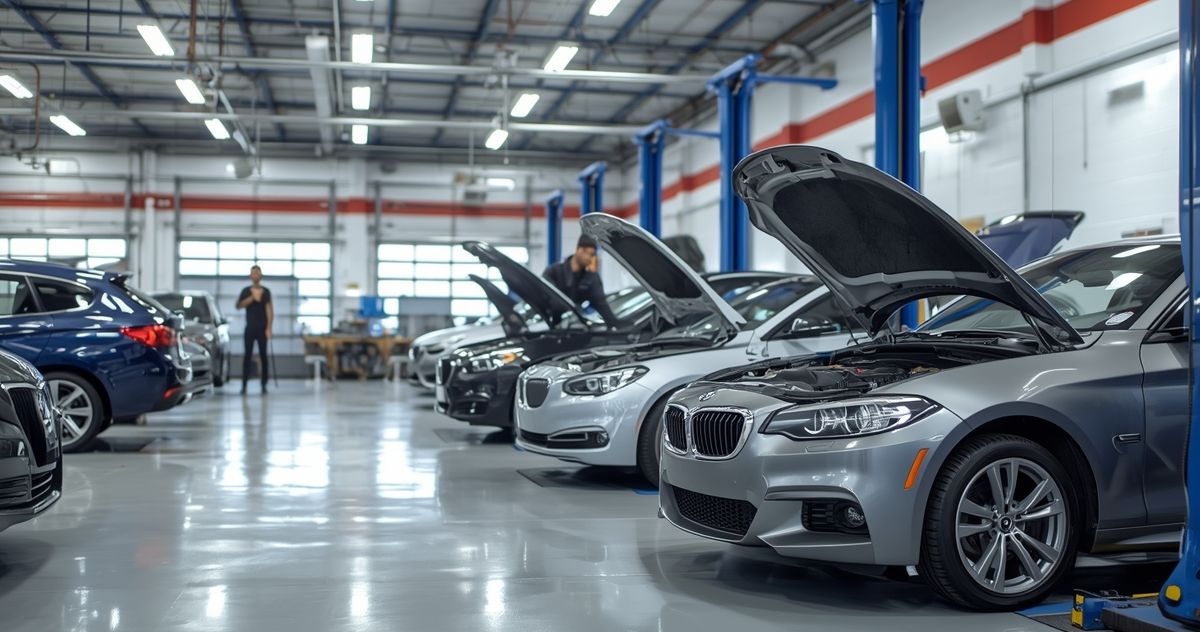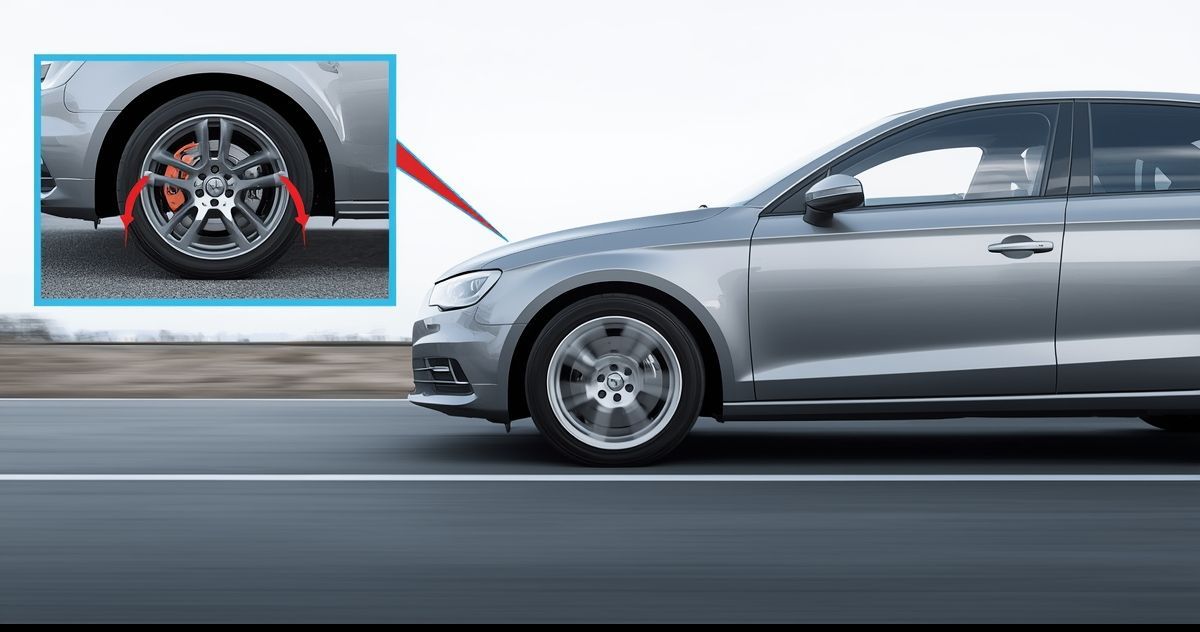Can You Mix Synthetic And Regular Brake Fluid? (Solved)
Ever been in the middle of topping off your brakes and wondered if you can just mix this synthetic fluid with whatever’s in there now?
Or maybe you’ve asked yourself, “Is synthetic really better, or is it just marketing?”
Brake fluid is one of those things most drivers don’t think about until they have to, but it is super important for keeping your car safe. Knowing what it can be mixed with can save you from expensive mistakes.
In this post, we’ll shed some light on if you can mix synthetic and regular brake fluid.
Can You Mix Synthetic And Regular Brake Fluid?
Yes, you can mix synthetic and regular brake fluid. Most brake fluids on the market (DOT 3, DOT 4, and DOT 5.1) are glycol-based and work fine together, synthetic label or not.
Synthetic in brake fluid terms usually just means it’s a refined formula, not some exotic compound.
You can mix a synthetic DOT 4 with a non-synthetic DOT 3 without any issues.
The one you can’t mix is DOT 5, which is silicone-based. That type doesn’t play nice with glycol-based fluids. Mix them and you risk gelling, seal damage, and poor braking performance.
So always check the DOT rating before adding anything new to your system.
Also Read: Most Common Brake Problems
Here’s the quick rundown:
DOT 3, DOT 4, and DOT 5.1 = safe to mix (synthetic or not)
DOT 5 = keep it far away from the others
If you’re just topping up and you match the DOT type, you’re fine. If you’re doing a complete switch from one type to another, that’s a different story and it’s best to do a full flush.

When You Shouldn’t Mix Them
Mixing is a problem when you combine silicone-based DOT 5 with any of the glycol-based fluids.
The chemistry between the two doesn’t work. It can separate, cause seal damage, and trap air bubbles. That means your pedal can feel squishy, and your stopping power drops.
Another time to avoid mixing is when you’re dealing with old, contaminated fluid.
If your brake fluid is dark or cloudy, topping it up with something new won’t magically fix it. The contamination will just spread into the fresh fluid, reducing performance and corroding parts from the inside.
Also, if your vehicle is under warranty, mixing different DOT types might give the manufacturer a reason to deny coverage if something fails. Not fun.
Also Read: Why Regular Auto Maintenance Saves You Money in the Long Run
One more thing - some high-performance vehicles are tuned for a specific brake fluid type. Changing it could alter how the brakes feel or perform, especially under heat.
Best Practices For Topping Off Or Switching
Switching or topping off brake fluid isn’t something to do blindly. Even when fluids are compatible, you want to keep performance consistent and avoid introducing any contamination.
Here’s what to keep in mind:
- Match the DOT rating on your brake fluid reservoir or owner’s manual
- Avoid mixing DOT 5 with any other brake fluid type
- Flush the system when switching between types for the cleanest change
- Always start with fresh fluid from a sealed container
- Store brake fluid in a cool, dry place away from direct sunlight
- Keep dirt, dust, and moisture out of the reservoir when topping off
- Never reuse old brake fluid
- Dispose of leftover or contaminated fluid properly
Signs Of Trouble After Mixing The Wrong Fluids
If you’ve accidentally mixed incompatible brake fluids, your car will usually let you know. Sometimes right away, sometimes after a little driving.
The most obvious sign is a soft, spongy brake pedal. That means there’s air or contamination in the lines. You might also notice the brakes feel weaker or require more pedal travel before the car starts slowing down.
Pop the hood and look at the fluid.
If it’s cloudy, milky, or has strange little blobs floating in it, that’s a red flag. Gel formation inside the system means the fluids are separating and breaking down.
You might even see leaks around seals and fittings. That happens because certain fluid combinations swell rubber seals or make them brittle, leading to failure.
Also Read: Importance of Regular Oil Services
So if your brakes feel off, or your fluid looks wrong after a mix, don’t ignore it. Get the system flushed and inspected right away.
Bottom Line
Mixing synthetic and regular brake fluid is safe only when you’re dealing with the glycol-based DOT 3, DOT 4, and DOT 5.1. They can mix without issues.
The synthetic label is mostly marketing in this case.
The moment you bring DOT 5 into the mix, you’ve got trouble. Silicone and glycol don’t mix.
If you’re not sure what’s in your system, check the reservoir cap or manual before adding anything. If you want the safest route, match the DOT type exactly and use fresh fluid from a sealed bottle. And for major changes, a full flush is the way to go.
It’s a little extra work up front, but it keeps your brakes happy, and your stopping power exactly where it should be.
FAQs
Is Synthetic Brake Fluid Better?
Not necessarily. Synthetic brake fluid is just a more refined version of the same glycol-based formula found in regular DOT 3, DOT 4, or DOT 5.1 fluids.
It can offer better resistance to moisture and higher boiling points in some cases, but performance mostly comes down to the DOT rating, not the “synthetic” label.
Is All DOT 3 Brake Fluid Synthetic?
No. DOT 3 brake fluid comes in both synthetic and non-synthetic versions. They’re both glycol-based and compatible with each other, so mixing them won’t cause problems.
The main difference is that synthetic versions may have slightly improved performance or shelf life.








